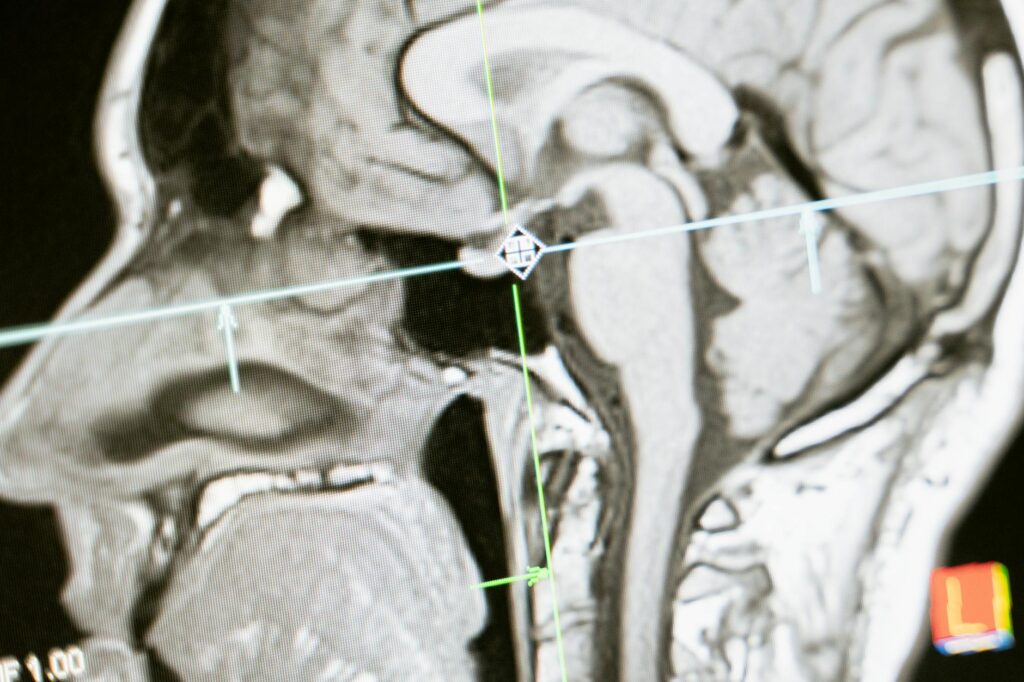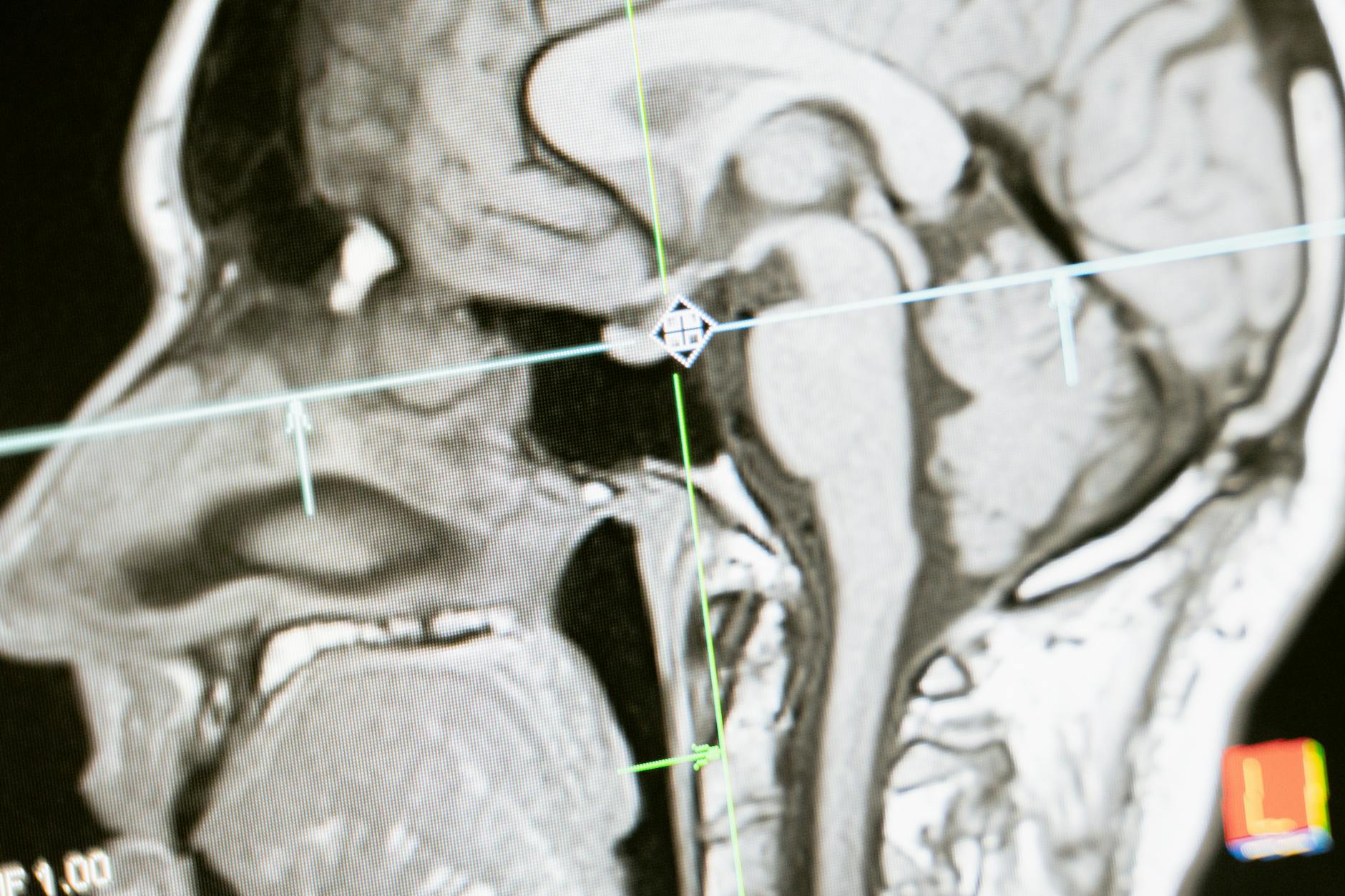What is add diagnosis?

What is ADD Diagnosis?
When it comes to understanding our minds and behaviors, the term “ADD diagnosis” often emerges as a key topic. Attention Deficit Disorder (ADD) can significantly impact personal development, productivity, and overall quality of life. It’s crucial to grasp the ins and outs of ADD to navigate its challenges effectively. So, what does it mean to receive an ADD diagnosis? Let’s explore this together.
Understanding Attention Deficit Disorder (ADD)
Attention Deficit Disorder is a neurological condition that affects how individuals focus and manage their impulses. While it is often grouped under the broader umbrella of Attention Deficit Hyperactivity Disorder (ADHD), ADD specifically refers to the inattentive subtype. This distinction is essential as it shapes the symptoms and treatment pathways.
Definition of ADD
ADD, or Attention Deficit Disorder, is a mental health condition characterized by persistent patterns of inattention and focus issues. Contrary to popular belief, it does not always involve hyperactivity. Many individuals with ADD may be less energetic, but they often struggle with maintaining attention in various settings. For a deeper understanding of the differences between ADD and ADHD, you can refer to ADD vs. ADHD.
Symptoms of ADD
Identifying the symptoms of ADD is crucial for awareness and diagnosis. Common symptoms include:
- Difficulty in sustaining attention: You might find it hard to focus on tasks for extended periods.
- Frequent forgetfulness: Misplacing items, forgetting appointments, or losing track of your schedule can be common.
- Disorganization: Struggling to prioritize tasks or organize workspaces is often reported.
- Easily distracted: External stimuli can often divert your attention away from tasks.
- Difficulty following through: You might start projects but often leave them unfinished.
Recognizing these symptoms can lead to more effective management strategies. For an overview of ADD symptoms, check out the CDC on ADD symptoms.
The Diagnostic Process
Obtaining an ADD diagnosis involves several steps designed to ensure accuracy and thoroughness.
Initial Consultation
The first step in the diagnostic process is an initial consultation with a healthcare provider. During this visit, you’ll discuss your symptoms, personal history, and any challenges you face in daily life. This conversation is essential as it helps the provider understand your unique situation. Don’t hesitate to share your experiences candidly; your input is invaluable.
Assessment Tools
Healthcare professionals may utilize various tests and assessments to diagnose ADD. These can include behavioral questionnaires, cognitive tests, and interviews with family members or close friends. These tools help in gathering comprehensive insights about your behavior across different settings, further supporting the diagnosis.
Criteria for Diagnosis
The criteria for diagnosing ADD are outlined in the DSM-5 (Diagnostic and Statistical Manual of Mental Disorders, Fifth Edition). To be diagnosed, an individual must exhibit symptoms that significantly impair their functioning in social, academic, or work settings. For a detailed look at the diagnostic criteria, you can explore resources like the ADHD diagnostic process.
Implications of an ADD Diagnosis
Receiving an ADD diagnosis can have profound implications for both personal and professional life.
Impact on Productivity and Time Management
Many people with ADD face challenges in productivity and effective time management. Tasks requiring prolonged focus can feel overwhelming, leading to procrastination or incomplete projects. However, understanding your diagnosis can help you develop tailored strategies for better time management and productivity. Techniques like breaking tasks into smaller, more manageable steps can make a significant difference.
Personal Development Opportunities
Recognizing and accepting your ADD diagnosis can open doors to personal growth. It allows you to explore your unique learning styles and adapt your study habits accordingly. For instance, using visual aids or timers can be effective in enhancing focus. Embracing these strategies can lead to significant improvements in your overall performance.
Living with ADD
Managing ADD symptoms is a journey that involves various strategies tailored to individual needs.
Coping Strategies
Incorporating practical coping strategies can help you navigate daily challenges. Here are some tips:
- Establish routines: Set consistent schedules for daily activities to create a sense of structure.
- Limit distractions: Identify and minimize distractions in your environment to enhance focus.
- Utilize tools: Use planners, apps, or alarms to keep track of tasks and commitments.
Professional Help and Support
Seeking professional help is critical for managing ADD effectively. Therapy, medication, and support groups can provide valuable assistance. Therapy can offer coping mechanisms, while medication can help regulate attention and impulse control. Engaging with support groups can also foster a sense of community, reminding you that you’re not alone on this journey.
Conclusion
Understanding ADD and the process of diagnosis can empower you to take control of your life. If you resonate with the symptoms discussed, consider reaching out to a healthcare professional for guidance. An ADD diagnosis, while challenging, can lead to meaningful changes and growth in both personal and professional realms. By embracing your unique cognitive profile, you can thrive in ways you may have never imagined.
For further information, resources like CDC on ADD can provide valuable insights.

Photo by MART PRODUCTION